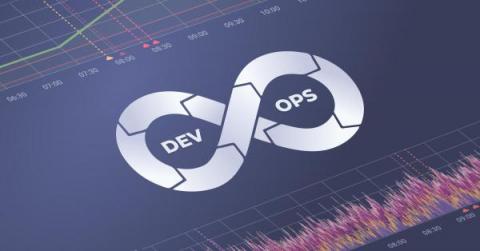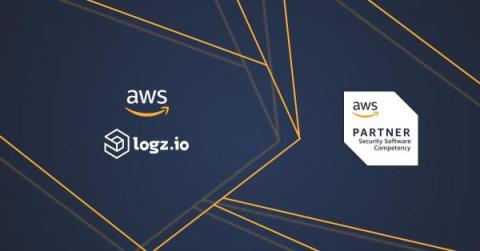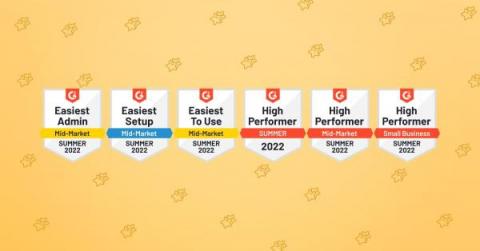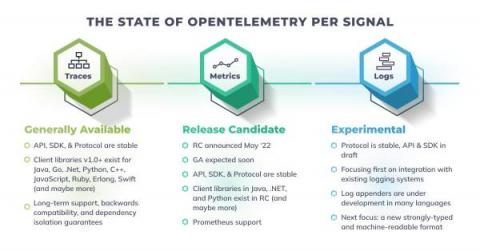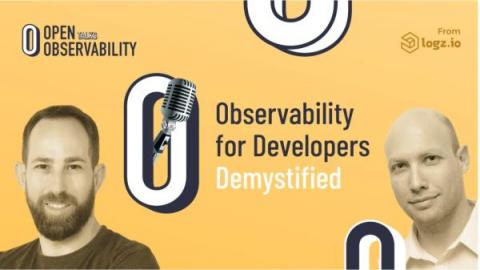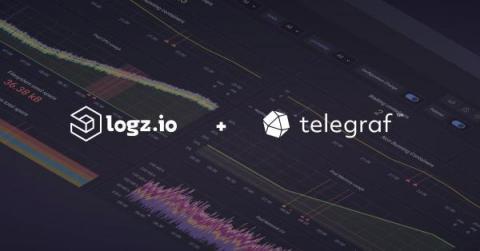How to Grow Your Own Cybersecurity Talent
The cyberthreat landscape has expanded in recent years, accelerated by enterprises promoting remote work and more reliance on cloud computing. These are a business necessity, and yet, facing down cybersecurity threats often doesn’t come with an expansion of resources to address them. In a future post, I’ll discuss more about the Security Poverty Line, and how organizations deal with its harsh trade-offs and compromises in an uncompromising landscape.



